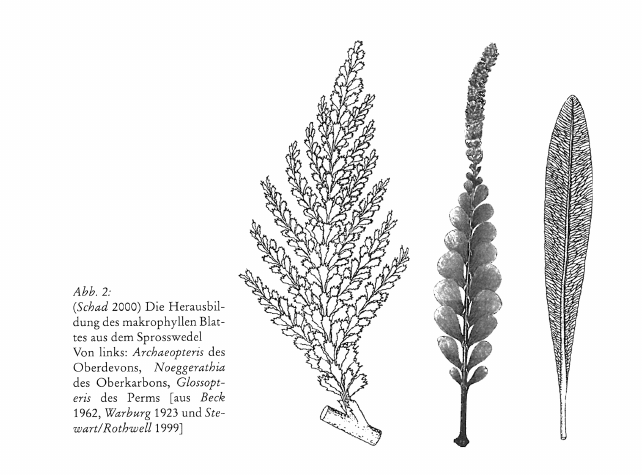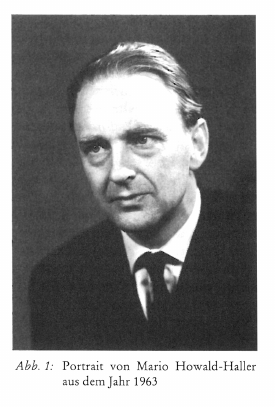Forces of formation and dissolution in protein biochemistry
Export Article Citation as
- Plain text
- BibTeX
- RIS format
- Download price : € 6.00
Abstract:
When teaching second year undergraduates about biochemistry, I am bound to use the language and metaphors of modern science. Nevertheless, I try not to be limited by their rigidity and endeavour to introduce concepts that are more fluid and therefore more akin to living processes. Rudolf Steiner said that we use our scientific models to <build explanation on explanation, at the same time abandoning observation> (Steiner 1988) and I heed his warning and encourage students to observe and experience their observations as carefully as possible, before drawing on accepted models. Their response to my process oriented teaching is generally very good and occasionally I am privileged to witness the moment when a student grasps the significance of an experimental observation in a broader context. Some students even manage to achieve a level of understanding that resonates with something within their inner being. They appear to respond to the experimental processes under examination by activating similar processes in themselves, albeit on an unconscious level. If they could only be encouraged to become more conscious of the dynamics between their inner worlds and scientific observations, they might increase their awareness of the spiritual realities within the discipline we call biochemistry.
In this article I would like to describe some of the concepts that I use to teach students about processes in proteins. The experiments I mention were originally designed to illustrate the mechanical aspects of protein folding but, on closer inspection, demonstrate something more important. I believe they reveal how the delicate balance between formative and dissolving forces is a crucial determinant of protein activity.



